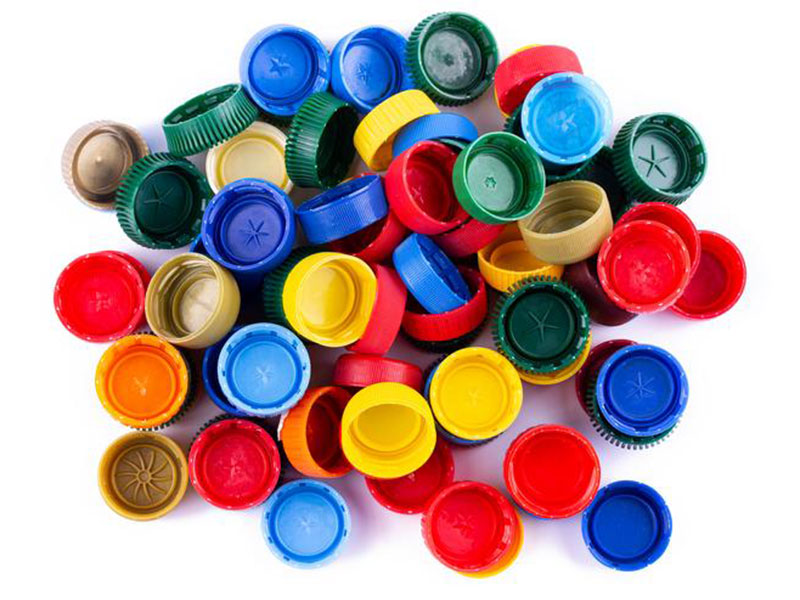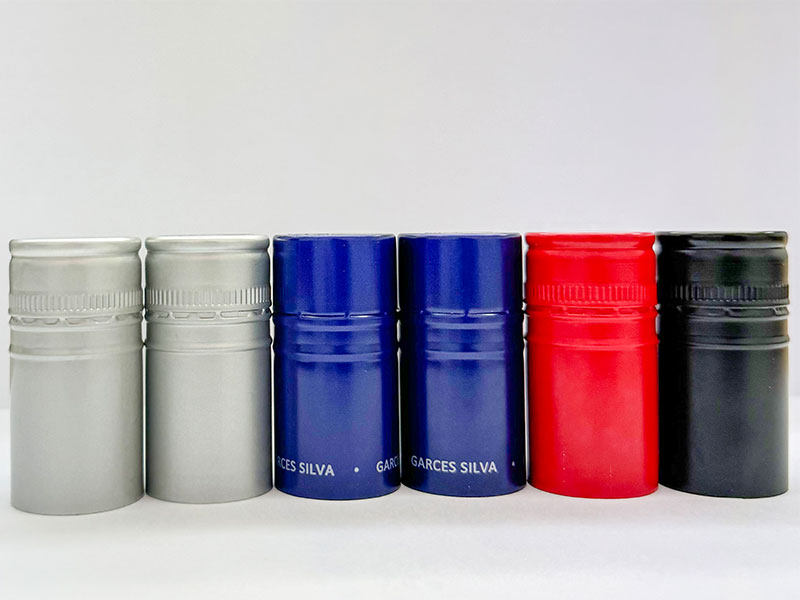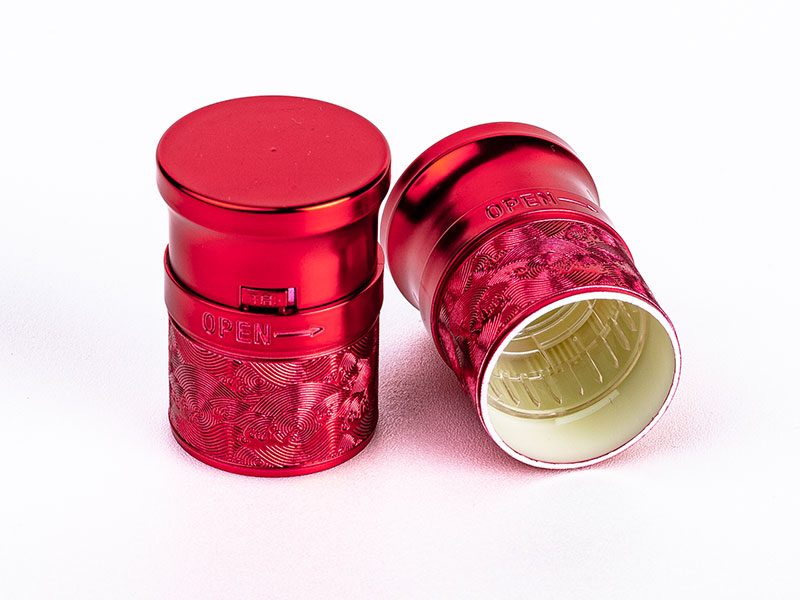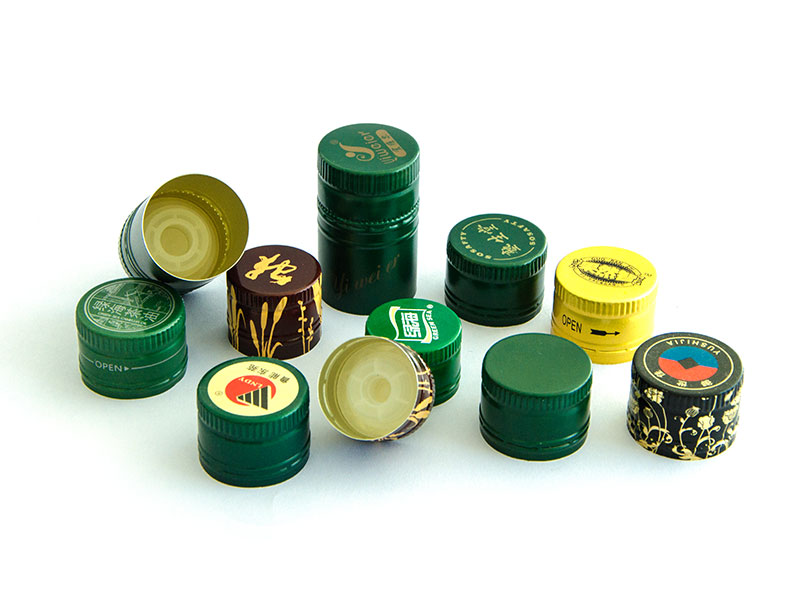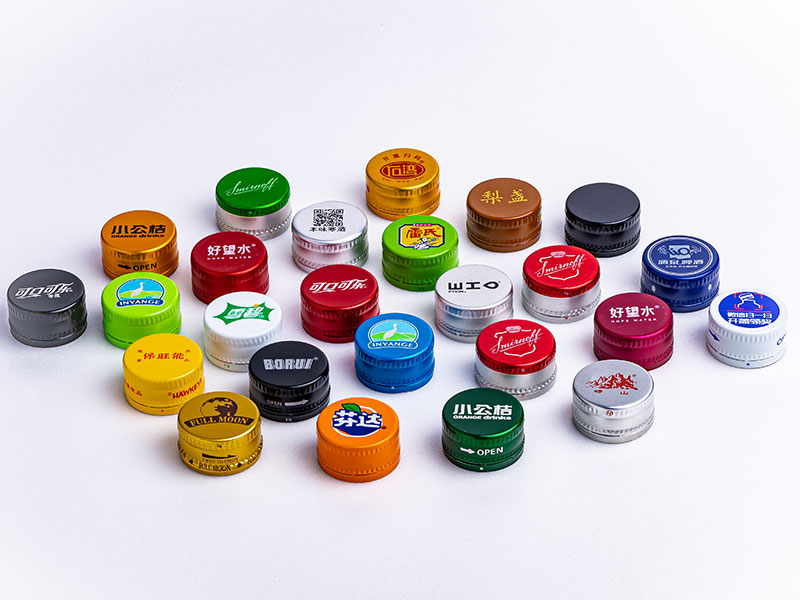Wine bottle cork alternatives
In an age where sustainable living and innovation are woven into the fabric of our daily choices, it may be time to reconsider the traditional wine bottle cork. While corks have long been hailed for their sealing properties and aesthetic appeal, they are not without their limitations. So, let's pop the cork on conventional thinking and explore some exciting alternatives that reflect new values and interests among wine enthusiasts.
The Cork dilemma: Tradition vs. Innovation
Corks, made from the bark of cork oak trees, have been the traditional sealing choice for centuries. However, they come with a slew of downsides. TCA contamination— commonly known as "cork taint"— can spoil a bottle and impact taste. Moreover, harvesting cork isn't without environmental concerns, despite being sustainable if done responsibly. Rising awareness of these issues means it's time for alternatives that speak to both quality and eco-consciousness.
From a manufacturing perspective, the shift away from natural wine corks towards alternatives presents both opportunities and challenges for an aluminum bottle cap producer like ourselves. The inherent variability in natural cork – its size, shape, and susceptibility to TCA (trichloroanisole) contamination – necessitates more complex and less efficient bottling lines. Aluminum caps, on the other hand, offer a standardized, consistent product that simplifies the sealing process, leading to faster production speeds and reduced waste. While we don't directly compete with cork producers, the increased demand for screw caps and other alternative closures driven by wine quality concerns indirectly benefits us. The rise of sustainability concerns also plays a role; while some alternative closures might have their own environmental impacts, aluminum's recyclability positions it favorably compared to many alternatives.
However, the wine industry's inherent conservatism and the perceived "premium" associated with natural cork present an ongoing challenge. Consumer preference, deeply ingrained traditions, and even the aesthetic appeal of a natural cork remain significant barriers to complete market penetration for alternative closures, including screw caps. This means we must constantly adapt our production processes to meet the fluctuating demand for different cap styles and sizes, catering to various wine types and price points. Furthermore, the development of new closure technologies, such as synthetic corks or innovative screw cap designs, requires us to stay abreast of industry trends and ensure our manufacturing capabilities remain adaptable and competitive in the ever-evolving landscape of wine packaging.
1. Screw Caps: Modern Simplicity
Perhaps the most well-known cork alternative, screw caps, offer reliability that no cork can match. They're easy to open, reseal effortlessly, and completely eliminate the risk of cork taint. Additionally, numerous studies have shown that screw cap technology maintains wines just as effectively as traditional corks— if not better.
In regions like New Zealand and Australia, wine producers have embraced screw caps, leading the trend toward distancing high-end wines from corks. Significantly, they allow consumers to fully enjoy wines as their makers intended without dealing with oxidation problems.
2. Glass Stoppers: Elegance and Effectiveness
For those who prefer a more visually appealing closure, glass stoppers provide a sophisticated touch to wine bottles. These elegant closures are reusable, environmentally friendly, and often create an airtight seal, preserving flavor and aroma. Beyond their aesthetic qualities, glass stoppers align perfectly with the values of the modern wine consumer, emphasizing sustainability.
Event organizers want unique experiences; thus, innovative glass stoppers are making a splash at wine tastings and festivals, presenting an inviting blend of tradition with the allure of modern invention.
3. Biodegradable Natural Cork Substitutes
Eco-conscious habits demand eco-desired solutions. Several companies invest in research to create biodegradable natural cork substitutes made from natural materials, effectively simulating cork's sealing properties without compromising on quality. Options made from plant-based biomass draw attention as a sustainable way to protect our cherished wines.
These alternatives shed light on fundamental ecological choices, nurturing Earth’s ecosystems without harming them. Just imagine opening a bottle and knowing that even the cork mimics the values behind the wine you are enjoying.
4. Silicone Stoppers: Flexibility Redefined
Silicone stoppers have gained traction for their versatility and recurrent use. Whether you're sealing a bottle of wine for the night or using it for short-term storage, these stoppers are durable, reusable, and simple to clean. Plus, they flex a bit, forming an airtight seal while being gentle on the bottle lip—a critical advantage over traditional stoppers.
For those keen on practicality—and who are time-conscious in both cooking and wine preservation—silicone presents serious allure, matching function with a designed aesthetic.
5. Tap Wine Systems: Keg-style Convenience
Taking a step further, several companies are now offering tap wine systems that can eliminate the worries outside the bottle itself. These systems pour wine through a tap rather than capping a bottle, allowing patrons to refill their favorite wines as desired, all the while ensuring freshness for longer durations.
Events and gatherings are enhancing experiences with this interactive principle, enabling enthusiasts to enjoy multiple varieties without the commitment that comes from uncorking traditional bottles. By marrying technology with tradition, new paths in wine consumption are being forged.
https://www.bottle-cap-lids.com/a/wine-bottle-cork-alternatives.html



